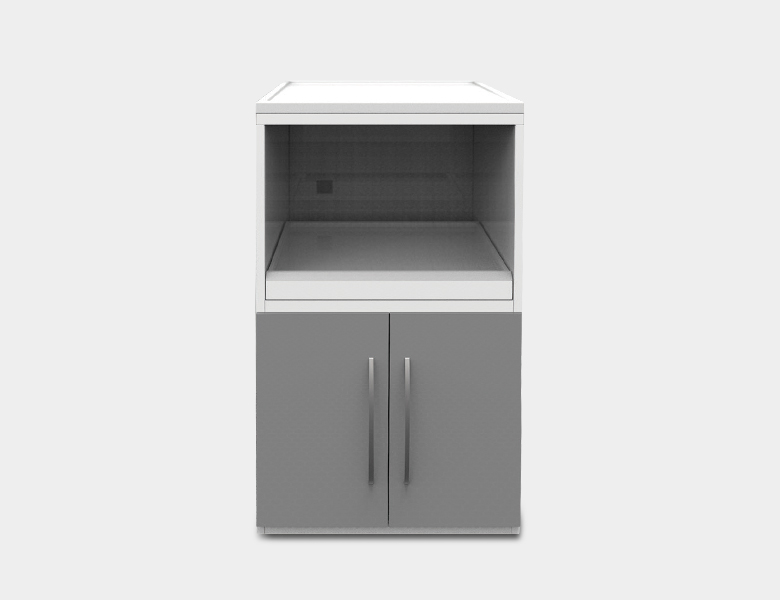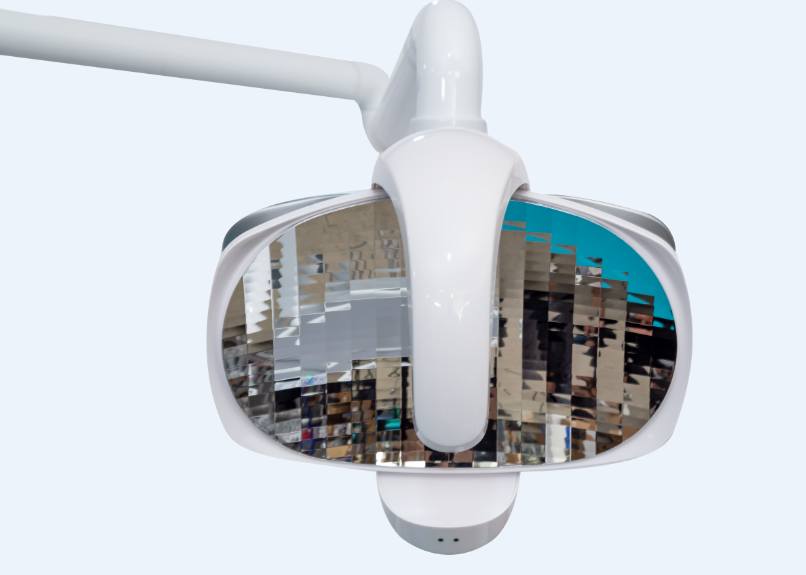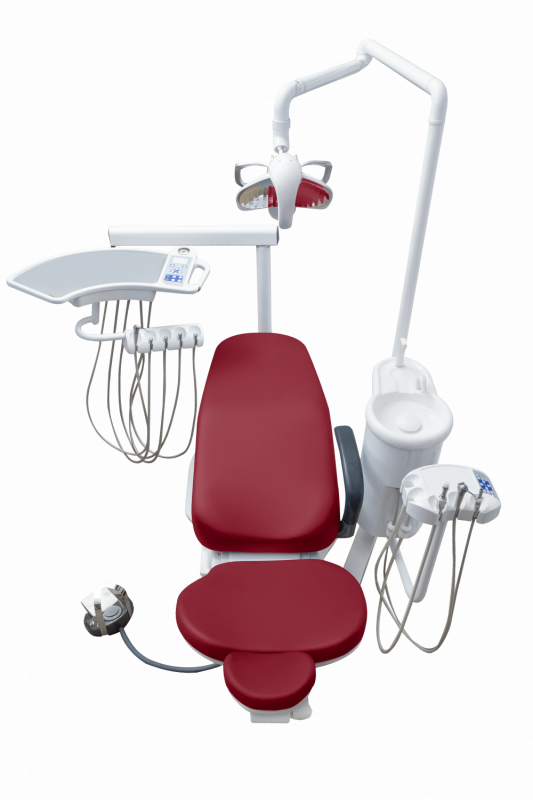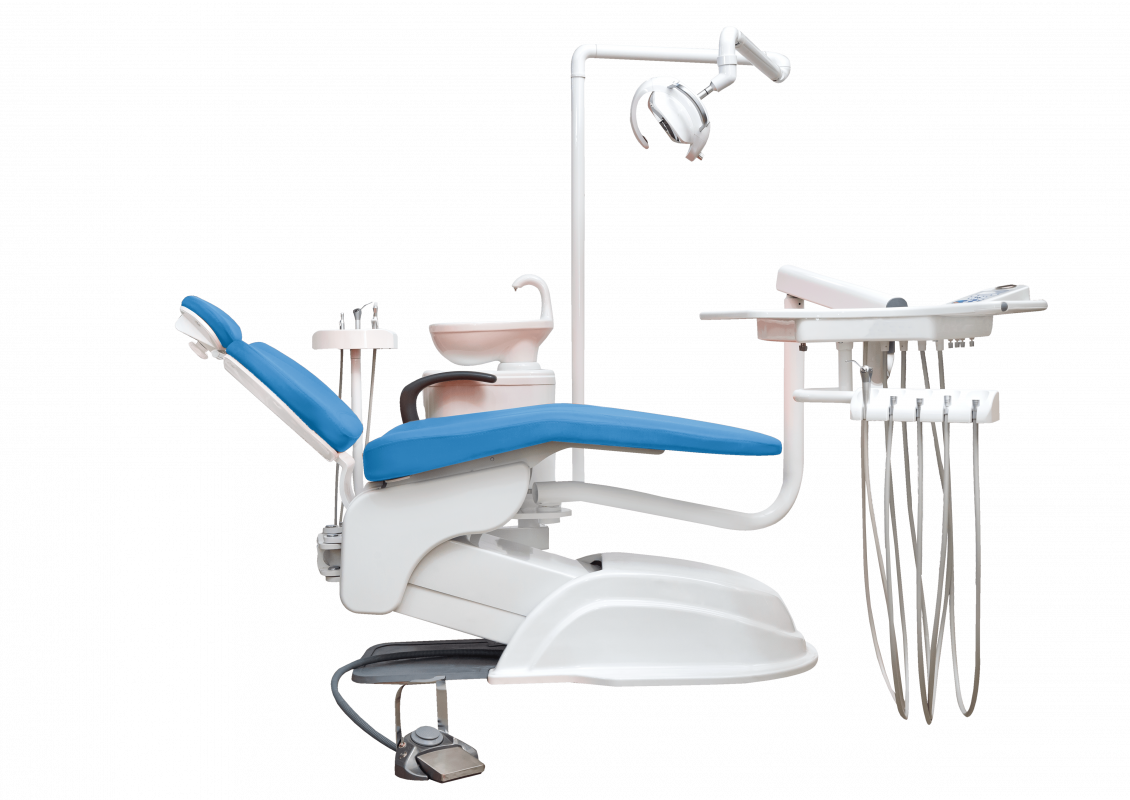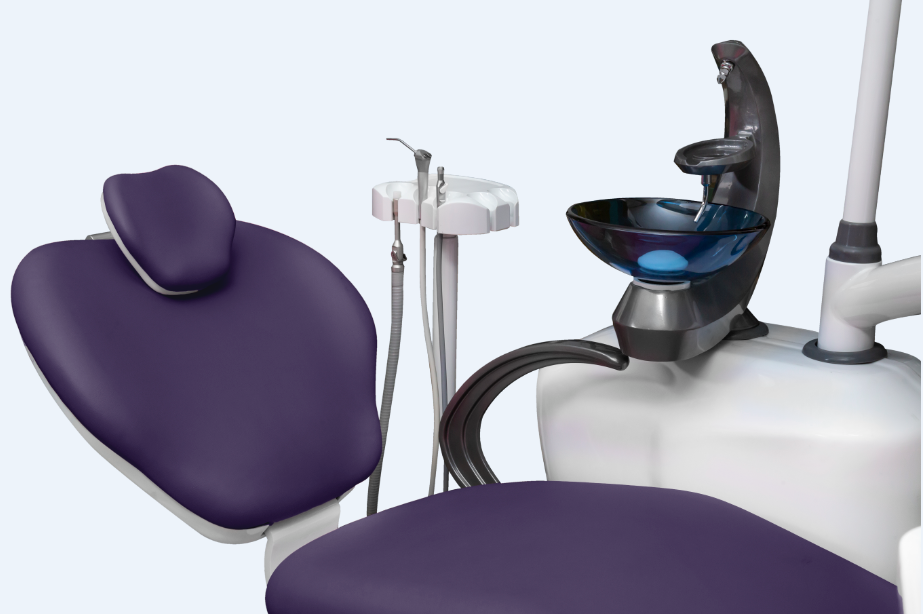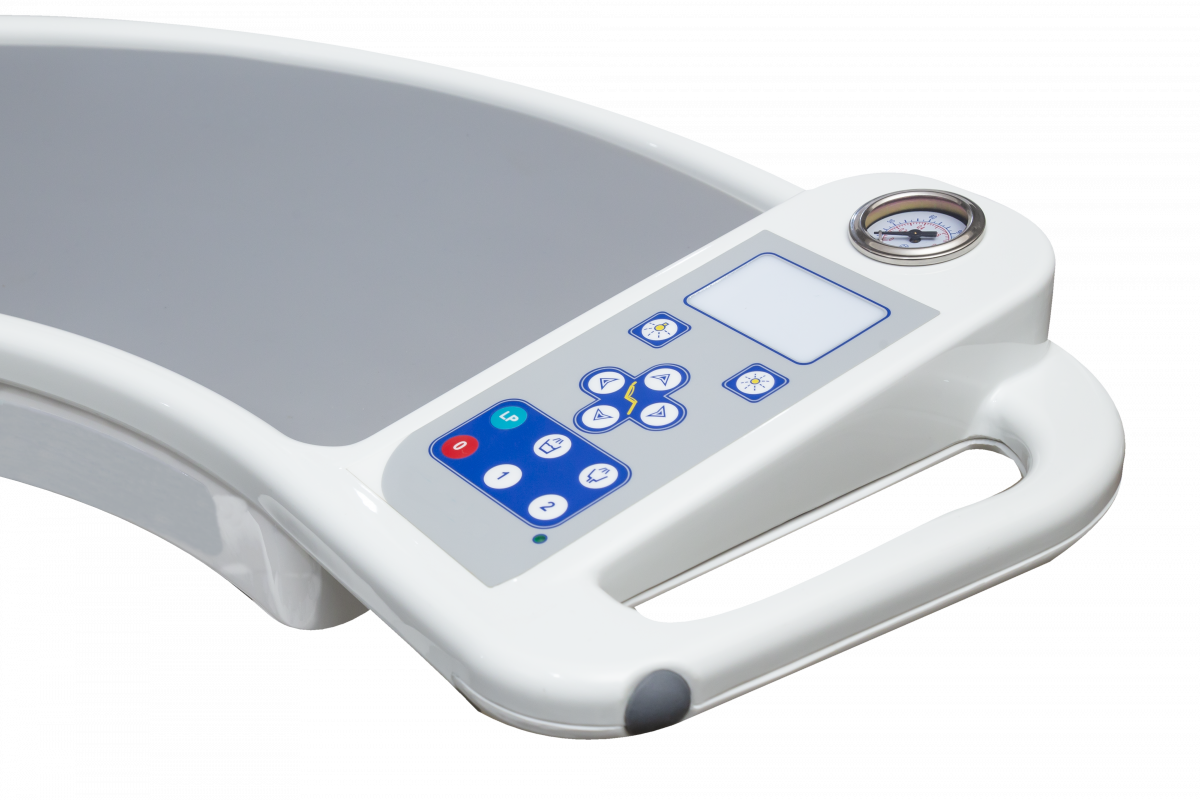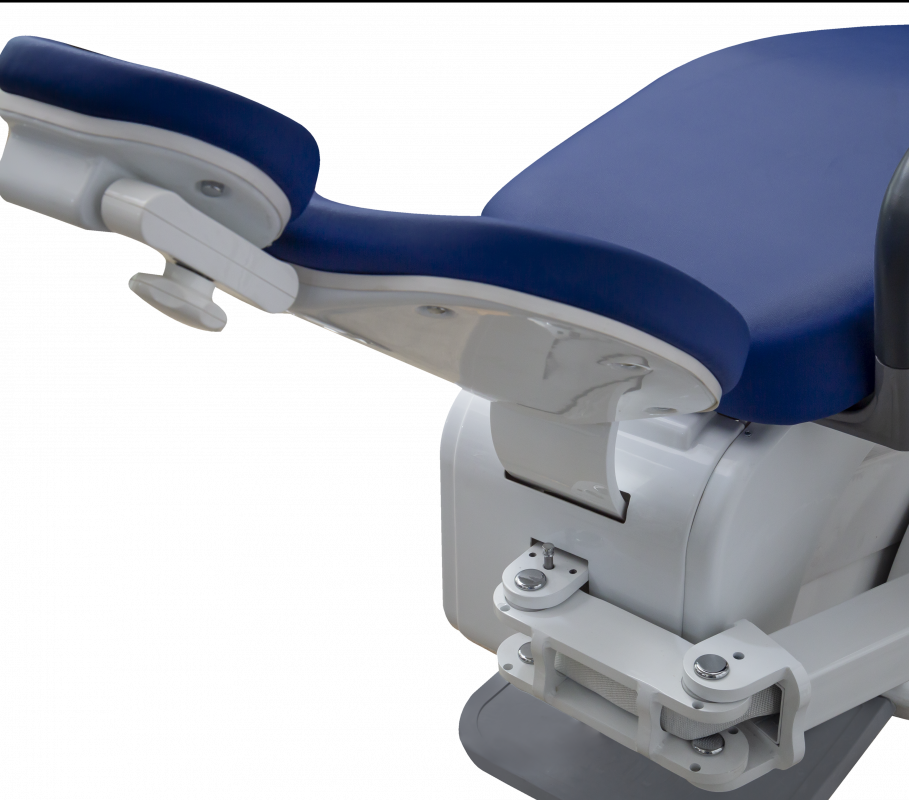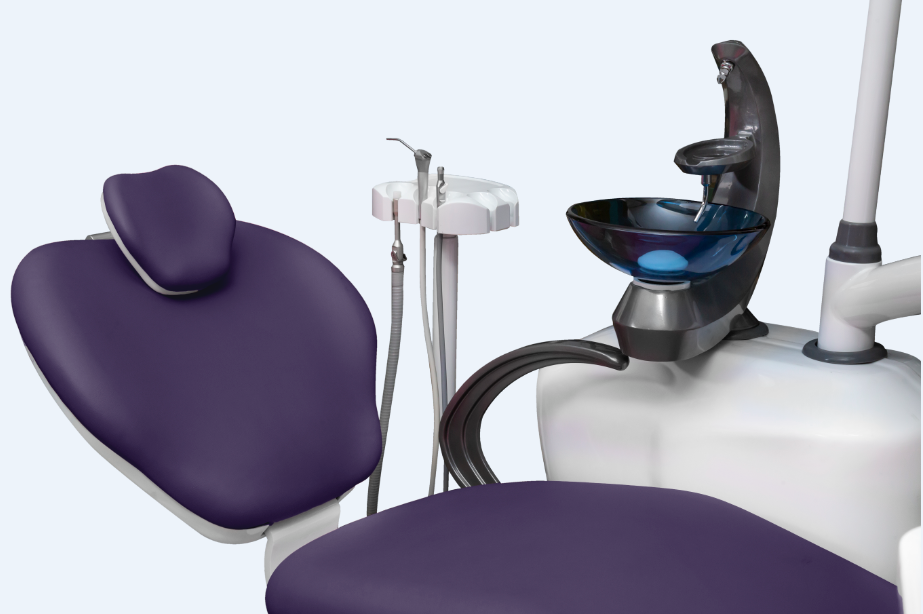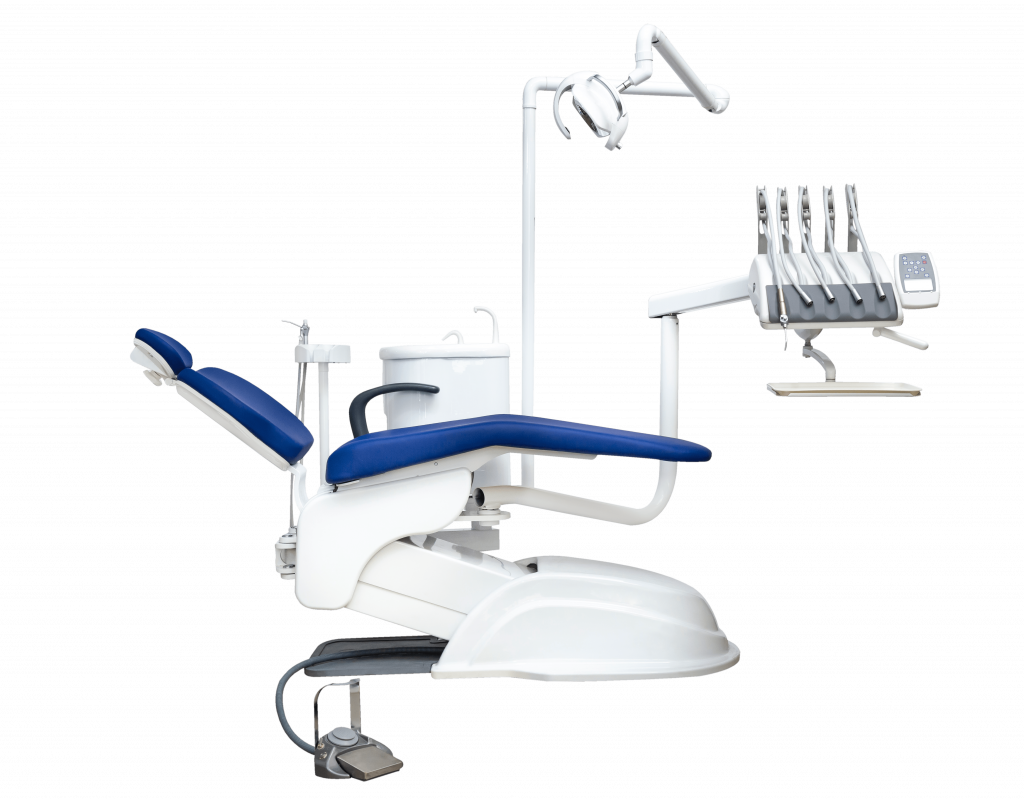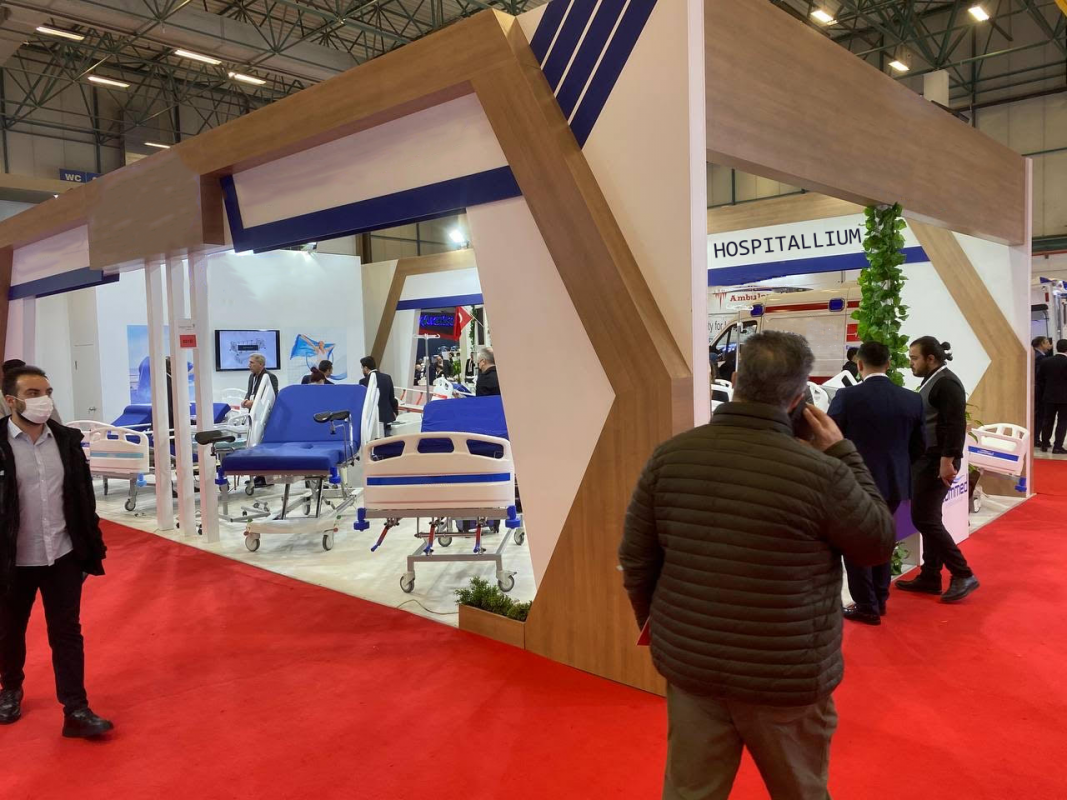What is an Autoclave and How Is It Working? Autoclaves are widely used in microbiology, but there is a lot of confusion about what they do and why they are needed. In this article, we’ll cover the role autoclaves play in microbiology and how to choose one for your lab.
If you want to learn more about it, feel free to continue exploring the topic below as we discuss:
What is an Autoclave and How Is It Working?
What Types of Autoclaves Are There?
What is the Use of Autoclaves in Microbiology?
What are the Benefits of Using an Autoclave in Microbiology?
What is an Autoclave and How Is It Working?
An autoclave is a device that uses heat and pressure to sterilize equipment. The process begins when heat is added under pressure that kills bacteria on items placed inside before entering the chamber for final treatment via high pressure steam at 250°F (121°C).
High pressure hot air or steam can reach all surfaces and cracks inside the containers sealed during treatment.
Autoclaves are commonly found in hospitals and laboratories as they have proven to be an important part of maintaining sterility.

What Types of Autoclaves Are There?
Autoclaves are available in all shapes and sizes, but most often they are either large industrial models or smaller handheld units that use water pressure as a way to more effectively clean items such as needles.
When choosing which type of autoclave to buy, it’s important to choose one with features such as adjustable temperature settings, self-diagnostic cycles, safety timers (for working near hot surfaces), or unique sealing technology that uses steam heat alone rather than boiling liquid air. or steam used primarily for cooling purposes only.
There lots of types of autoclaves on the market, depending on your needs. Generally, you will find two main categories: vacuum pressure types and gravity flow.
The first type is generally considered cheaper, but the second provides more even heating leading to overall better performance. Vacuum pressure types can cost more on average than their counterparts over time.
However, you will need fewer spare parts on vacuum pressure types, due to minimal wear from exposure temperature variations within the chamber during cycles that do not require temperature adjustments.
What is an Autoclave and How Is It Working?
What is the Use of Autoclaves in Microbiology?
The autoclave has many functions, such as destroying unwanted microorganisms with high-temperature pressurized steam, killing viruses with just heat, and deactivating chemical disinfectants when necessary after they have served their purpose during use in an infected area.
For this reason, the autoclave is considered the most powerful sterilization method available to microbiologists.
The main purpose of autoclaves in microbiology is to sterilize and disinfect objects important for the prevention and control of infectious diseases. Microbiologists typically use these machines to sterilize instruments before use on living tissue or during surgery.
By cooking everything together in this heated box, microorganisms, a type of living organism ranging from bacteria to viruses, are destroyed by heat. The heat used under pressure kills all microorganisms within minutes without leaving harmful by-products such as bleach.
The sterile environment created by the autoclave not only protects against contamination from external sources, but also ensures that any organisms inside cannot reproduce themselves while awaiting examination – so their behavior does not change overnight!
The most important takeaway, however, is that autoclaves not only serve a practical purpose, but also have significant implications for health safety.
What are the Benefits of Using an Autoclave in Microbiology?
Autoclaves are widely used in microbiology because of the wide variety of benefits they offer. Some of these benefits include:
It’s fast because it can kill bacteria in minutes, which means you don’t have to spend much time waiting for your stuff to be cleaned.
What is an Autoclave and How Is It Working?
Using an autoclave doesn’t require any additional products, so it’s less hassle than using bleach tablets or a hydrogen peroxide solution instead.
Autoclaves protect sterilized objects by removing water, oxygen, other gases or chemicals from the object before it is sealed with another covering material such as foil.
It is a cost-effective waste disposal method that saves money by avoiding expensive repairs caused by corrosion damage from chemicals or other cleaning means such as detergents.
It prevents the spread of infection as a result of the contamination of pathogens without damaging surfaces such as metal or PVC plastic and many different textiles such as fabrics.
Hospitallium, Turkey’s leading manufacturer of hospital beds, hospital equipment and hospital furniture, increases its R&D investment every year. Hospitallium, a Turkish manufacturer, exports hospital beds, hospital cabinets, hospital equipment to all over the world directly from the factory. If you are looking for hospital equipment, please contact us.

